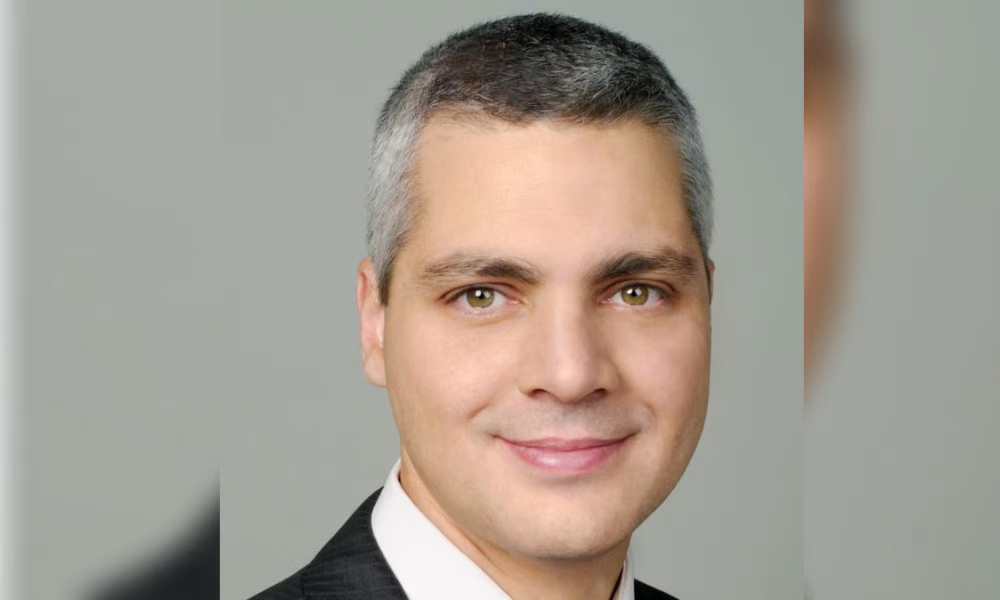Sun Life SVP of Group Retirement Solutions says nature of retirement has got a lot more complicated

Retirement has always been close to the forefront of everyday Canadians’ minds, but planning for that financial phase is becoming more challenging than ever, according to one voice from Canada’s group planning space.
“Five million Canadians are turning 65 this decade, and this is going to be the first time a large cohort of the population will not retire primarily supported by defined-contribution savings plans,” says Eric Monteiro, SVP, Group Retirement Solutions at Sun Life.
According to Monteiro, defined-contribution plans were a product of their time. When they were first conceived and implemented, a company could expect its most loyal employees to render as much as 40 years of service, and then retire at the ripe old age of 65.
Back then, the group-plan space was known as the capital accumulation industry, reflecting its justified desire to ensure people were putting money away for their future. Fast forwarding to today, Monteiro says the pendulum has swung, and Canadians now have to think harder about income generation and spending in retirement.
“Under the old model, we expected that people who retired 65 could live for another 10 years, maybe 15 years if they were blessed,” he says. “Now you might expect a 65-year-old retiree to live for another 30 or 40 years.”
The economic environment has also become more complicated. While globalization and technology-driven prosperity since the turn of the millennium might have put inflation fears on the back burner, the CPI today is rising at a pace not seen in decades, threatening to eat away at people’s purchasing power – retirees included. In an effort to bring stability, central banks have been raising rates, creating opportunities for fixed-income investors while also raising the cost of borrowing across the board.
“The nature of retirement itself has also gotten a lot more complicated. It’s not just about working in the same company for many years or decades anymore,” Monteiro adds. “You may not be working for a company at all when you retire. And a lot of people today won't really do nothing after they retire. Instead, they transition to the next thing.”
For a large contingent of Canadians, life after retirement may be about doing part-time work, or working as a consultant; those who advanced to senior positions might join a corporate board. Other retirees are pursuing entrepreneurial endeavours, he adds, noting how many new businesses today are formed by people in the so-called “new retirement.”
“There are so many more ways you can spend your time and your money now than there would have been 20 or 30 years ago,” Monteiro says. “That’s why we’re working to develop a new set of tools and supports for retirees that doesn’t focus on their money, but how they live. It’s thinking about their lifestyle and what they're going to do.”
Ultimately, he stresses, those lifestyle choices will come back full circle with financial implications; a person planning to travel a lot will have to plan for more expenses in early retirement than someone who isn’t, for example, which is something the average Canadian might not consider. Another challenge, he adds, is to envision how their savings can translate to income.
To help people navigate those problems, the industry has been working hard to provide more tools and planning support to help people figure out what income they can expect from their savings in retirement, as well as how much they can afford to spend for different decumulation profiles.
“In a recent survey, 70% of sponsors told us that they want their employees to understand decumulation, even though technically speaking, those sponsors offer a capital accumulation plan,” Monteiro says. “We know employers are very interested in this.”



